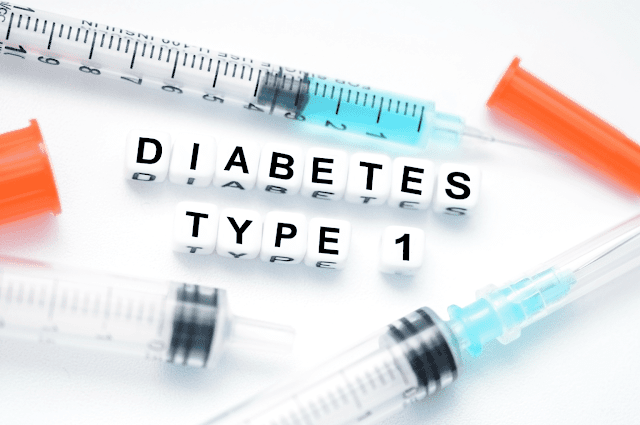Understanding Type 1 Diabetes - Its Causes, Symptoms and Management
Type 1 diabetes, also known as juvenile diabetes or insulin-dependent diabetes, is an autoimmune disease where the body's immune system attacks and destroys the insulin-producing beta cells in the pancreas. Without insulin, glucose cannot enter the body's cells to be used for energy, causing a dangerous buildup of sugar in the bloodstream. Type 1 diabetes accounts for about 5-10% of all diagnosed cases of diabetes and usually appears in childhood or early adulthood, but can develop at any age.
Causes and Risk Factors
The exact causes of this diabetes are still unclear, but researchers believe
that genetics play a major role. Those with a family history of type 1 diabetes
or other autoimmune diseases have a higher likelihood of developing the
condition. Viruses and other environmental factors may also trigger the
autoimmune response that destroys pancreatic beta cells in genetically
susceptible individuals. There is no known way to prevent type 1 diabetes as
the disease is not caused by lifestyle or behavioral factors.
Symptoms
Common symptoms of Type
1 Diabetes include increased thirst and hunger, frequent urination,
unexplained weight loss, vision changes, extreme fatigue, and tingling or
numbness in the hands and feet. Symptoms usually develop rapidly over a short
period of time. Without treatment, the high blood sugars of diabetes can lead
to life-threatening complications like ketoacidosis, a condition where the body
starts breaking down fat and muscle for energy. Anyone experiencing these
symptoms should seek immediate medical attention.
Diagnosis and Treatment of Type 1 Diabetes
To diagnose type 1, a healthcare provider will request a simple blood test
measuring blood glucose levels alongside other tests like an A1C test that
indicates average blood sugar over 3 months. The standard treatment for type 1
diabetes involves multiple daily insulin injections or an insulin pump. Precise
doses of insulin must be given before meals to control blood sugar levels.
Careful monitoring of blood glucose is also needed through finger prick tests
or continuous glucose monitors. Following a balanced diet, regular exercise,
and keeping a close eye on sugar levels helps manage this lifelong condition.
Managing Blood Sugar Levels
Maintaining normal blood sugar levels is essential for good health management
in type 1. Insulin lowers blood glucose, while carbohydrates and lack of
exercise raise glucose levels. It is important to learn how different factors
like food, activity, stress, and illness can impact blood sugar. Careful
carbohydrate counting helps ensure proper dosing of insulin. Hypos (severe low
blood sugar) or hypers (high blood sugar) should be treated immediately to
avoid potential health complications. Wearing a medical ID stating one has
diabetes is also advisable in case of emergencies.
Potential Complications
Uncontrolled high blood glucose levels over time can lead to serious long-term
complications that affect major organs like the heart, eyes, kidneys, and
nerves. Cardiovascular disease, nerve damage (neuropathy), kidney damage
(nephropathy), and eye disease (retinopathy) are some of the complications
associated with type 1 diabetes. Foot problems like ulcers and infections are
also common if neuropathy or poor circulation is left untreated. Proper medical
management and efforts to maintain normal blood sugars helps significantly
reduce the risk of costly and life-altering diabetic complications.
Living Well with Type 1
While
type 1 diabetes requires lifelong treatment, people with the condition can
enjoy full and healthy lives with careful medical supervision and
self-management. Advances in insulin therapies and glucose monitoring
technologies have come a long way to help make diabetes management much more
convenient. It is still important to follow treatment plans, eat healthily,
stay active, monitor blood sugars as directed by one's doctor, and receive
regular screening checks to catch any emerging complications early. A positive
outlook and support from loved ones can also ease the psychological burden of
living with this chronic condition. With diligent control and care, people with
diabetes type 1 have much to look forward to.
Get More Insights On Type
1 Diabetes



Comments
Post a Comment